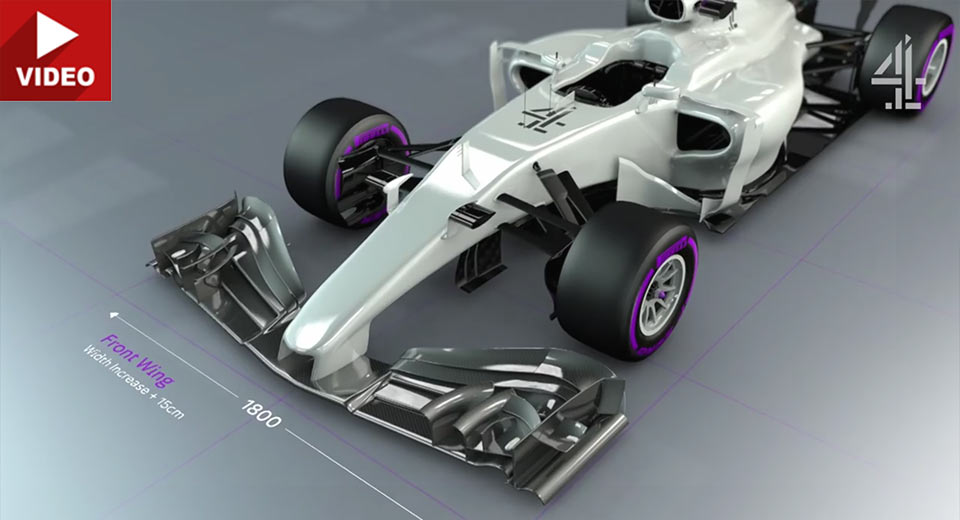Another season, another set of regulations, but this time the rule book will allow for faster cars.
Paradoxically, the most advanced motorsport discipline in history has always been hinder by standards, regulations, and appendixes (we’re looking at you, FIA) implemented to maintain a narrow(er) gap between teams. The practice also determined engineers to pay minute attention to every detail of the car, and thoroughly develop new ways of breaking lap records.
For instance, when the modern 1.6-litre, V6-powered, turbo cars were introduced, they were significantly slower than the V8s, but now they’re grown to be as powerful as the V10-era cars.
And they continue to evolve, as FIA’s “how to build an F1 car” manual for next year is more performance-oriented, thanks mainly to the teams, who wanted something more challenging (and more attractive to the audience, we presume).
The most notable difference between the 2016 cars and the upcoming ones is the size of the tires. To reduce understeer and offer more grip, the front tires will be stretched to 305 mm (from 245), while the rear tires will grow in width to 405 mm (from 325 mm).
In fact, everything on the new vehicles will be wider, from the track – which will stretch to 2000 mm – to the swept-back front wing and the lower rear wing. Along with these modifications, a plethora of new aerodynamic appendages will be implemented, including barge-boards, deflectors and so on. But we’ll let former F1 driver Karun Chandhok walk you through the differences.



